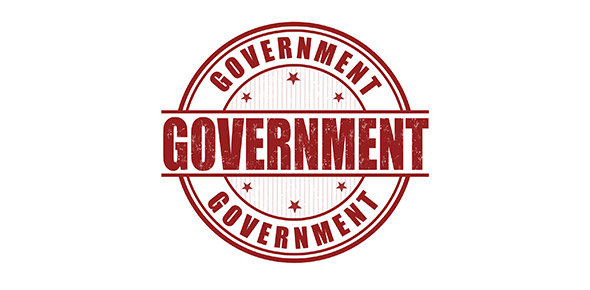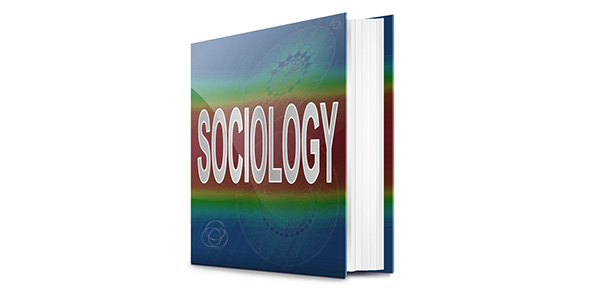Related Flashcards
Related Topics
Cards In This Set
| Front | Back |
|
Peacemaking Criminology:
Who are the 3 key writers? |
Richard Quinney, Harold Pepinsky, and Howard Zehr
|
|
Peacemaking Criminology:
Who are the two main historical influences on Peacemaking Criminology? |
Mahatma Gandhi and Martin Luther King Jr.
|
|
Peacemaking Criminology:
When was Peacemaking Criminology adopted? |
1990s around the time of the Persian Gulf War and society's fight against drugs and poverty.
|
|
Peacemaking Criminology
Criminal Justice must be less concerned about punishing the offender, and more concerned about...? |
Relieving the victims suffering.
|
|
Peacemaking Criminology:
Four Steps of Peacemaking Criminology are: |
- Reflection of ones Feelings- listen to the victims fear and pain- try to understand and empathize- offer and invite ways one might confront the scariest people
|
|
Peacemaking Criminology is considered Retributive or Restorative?
|
Restorative
- crime is a violation between people, not the state.- seek solutions to promote repair and reconciliation. |
|
Peacemaking Criminology Classification
|
Classical/Conflict/Micro-Process
|
|
Name two strengths of Peacemaking Criminology
|
- aims to reduce violence in society from criminals and the state- realistic interim plan- incorporates variety of perspectives
|
|
Name two weaknesses of Peacemaking Criminology
|
- Not empirically valid or testable- Idea is not in touch with reality (that everyone loves everyone)-
|





